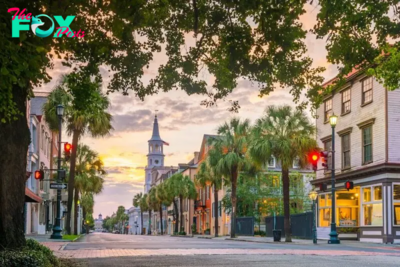Travel
Everything You Need to Know About My Son Sanctuary, Vietnam
Located in Central Vietnam, My Son Sanctuary comprises the most extensive Cham ruins in the country. The stunning temple complex was once the Campa Kingdom’s heartland and a centre of political and religious activity.
It is a site of national importance and provides a unique insight into Cham culture, History and sculpture. The complex was continually enlarged and modified for more than a millennium and is the longest continuously inhabited archaeological site in Southeast Asia.
Today, it is a UNESCO World Heritage Site and one of Southeast Asia’s most important Hindu temple complexes. Comparisons are often made with other ancient temple ruins in the region, including Wat Phou in Laos and the spectacular Angkor Wat.
It may receive a fraction of the visitors of its Cambodian counterpart, but that makes a visit all the more alluring. When I made the trip, I was often alone amongst the ruins and able to enjoy a rare magical moment reflecting on History in glorious peace and quiet.
A Very Brief History
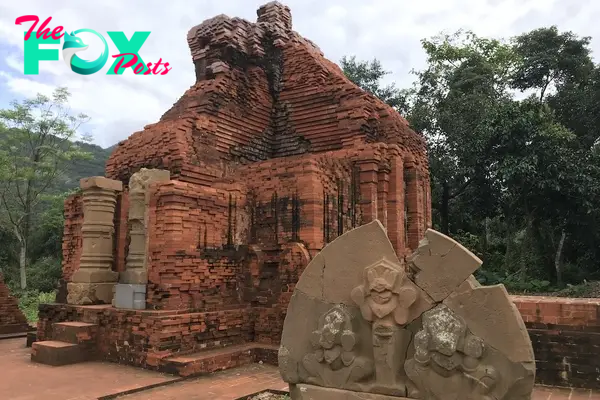
My Son Sanctuary was built between the 4th and 13th centuries and was a site of religious ceremony for Champa kings. Founded in the 2nd century, the Champa Kingdom stretched across Central and South Vietnam.
Quang Nam Province was chosen as the Kingdom’s administrative centre and it was here that My Son Temple (meaning beautiful mountain) was constructed as a place to worship the Hindu god Shiva. The site was under continual construction for the next thousand years as a series of successive rulers contributed their own monuments.
After the decline of the Champa Kingdom, the site was abandoned for centuries and the jungle enveloped the temples. It was rediscovered by French archaeologists in the 19th century and parts of the complex were restored between 1937 and 1943. Sadly, World War Two and both Indo-China Wars caused severe damage to the site.
The Second Indo-China War (Vietnam War) in particular was devastating for My Son Sanctuary. The Viet Cong communist rebels hid in the temples, causing the Americans to bomb the area destroying several monuments.
Further conservation was carried out between 2017 and 2022 restoring a number of temples, but some remain little more than a pile of rubble.
Architecture
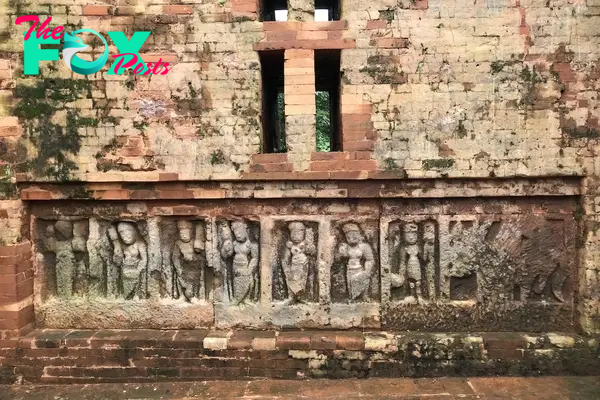
There are more than 70 temples at the site, clustered together in small groups, and devoted to Shiva, Vishnu and Krishna. The monuments symbolize the purity of the sacred mountain home to the Hindu gods, Mount Meru. The temples at My Son Sanctuary are the greatest surviving examples of the Cham architectural style.
Early wooden temples were destroyed in a fire in the 6th century. The towers that remain were constructed from fired red bricks and stone pillars. Hindu mythological scenes are depicted in ornate sandstone bas-reliefs.
The most recent conservation projects are evident in some areas where the distinction between original and restored sections is obvious. However, the ancient bricks are amazingly well preserved and, in some places, original bricks are easily mistaken for new.
Pro Tip: If you’re interested in learning more about the Cham architectural style, make sure to visit the Da Nang Museum of Cham Sculpture, which also houses some original objects from My Son Sanctuary.
When to Go and How to Get There
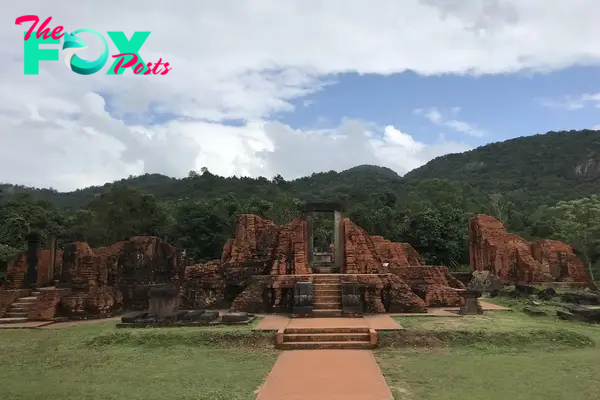
The dry season in Central Vietnam runs from February to August, which is the best time to visit My Son Sanctuary. February to April provides the best weather with pleasantly warm days. I visited in February and enjoyed perfect weather. Temperatures rise from May onwards, peaking in June.
The west season runs from September to January. While it’s still possible to visit during these months, storms and heavy downpours are common. Avoid October and November if you can, which are the wettest months.
My Son Sanctuary is equidistant from Da Nang and Hoi An. The site is open daily from 6am to 5pm and at just an hour’s drive, it makes an easy day trip from either location. To visit independently you can hire a scooter and drive yourself or take a taxi.
Expect to pay around 150,000-200,000VND (approx. $6-8USD) for scooter hire or 470,000-500,000VND (approx. $20-21USD) for a taxi. There are also tours available from around 500,000VND (approx. $21USD). Note that entry to the site is 150,000VND (approx. $6USD) and not all tours include this in the price.
Pro Tip: My Son Sanctuary is a sacred place. Make sure to dress modestly to respect the local culture and religious nature of the site.
Complex Layout
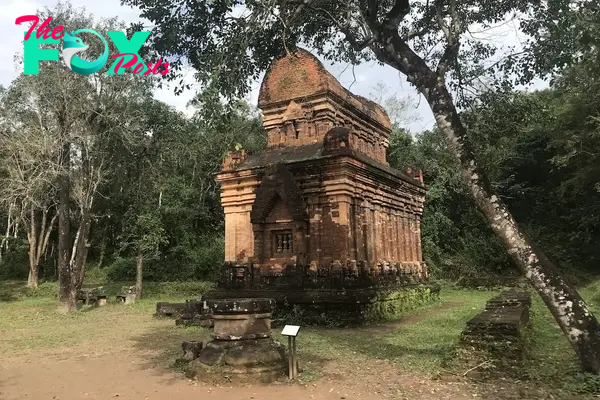
The site is divided into clusters of temples in lettered groups. Group A features recently restored temples that were destroyed by bombs. The central temple, surrounded by six smaller temples, was constructed in the 10th century and was originally 28m high.
Groups B, C and D contain the biggest concentration of temples with 27 in a cluster. Dating to the 10th, 11th and 12th centuries, the monuments in these groups are the best preserved and most impressive at My Son Sanctuary.
Groups E, F and G are smaller and less impressive. However, this means they are less visited and the relative quiet means exploring these ruins can be a calmer and more enjoyable experience.
Don’t Miss the Traditional Dance
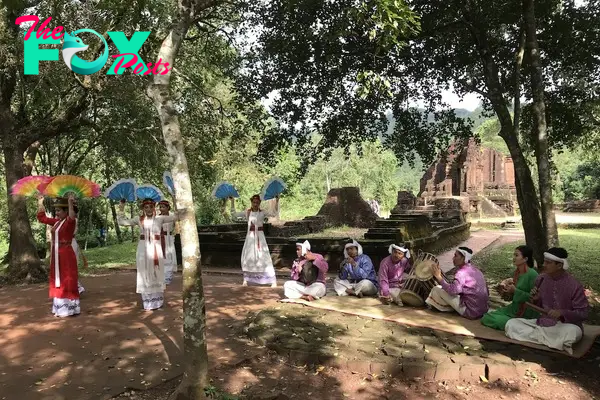
Your entry ticket to My Son Sanctuary includes access to a traditional dance and music performance. The 20-minute shows are performed four times daily on the public stage (performance times are 9.15 am, 10.45 am, 2 pm and 3.30 pm).
There are also two daily open-air performances in front of the temples of Group G (10 am and 2.45 pm) where the setting adds extra context. I stumbled on the open-air performance during my visit and it was an enthralling experience. The dances are beautiful and mesmerising and are set to a soundtrack created by traditional instruments, including flutes and drums.
Pro Tip: The site is fairly small and two hours is sufficient to explore the complex and watch a performance. Try to time your visit to catch a dance show at the start or end of your visit.
-

 Travel1d ago
Travel1d ago10 Best Islands to Visit in January
-
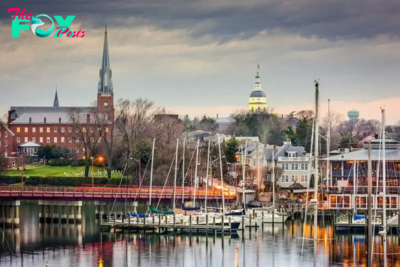
 Travel1d ago
Travel1d ago12 Most Stunning State Capitals in the US
-
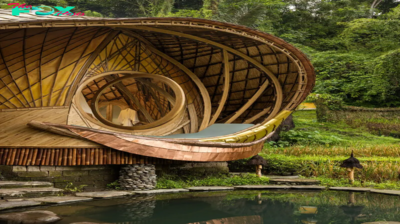
 Travel1d ago
Travel1d ago5 Fantastical Travel Locations that are Out of This World
-
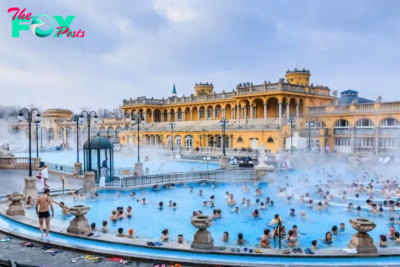
 Travel2d ago
Travel2d ago12 Best European Cities to Visit in January
-
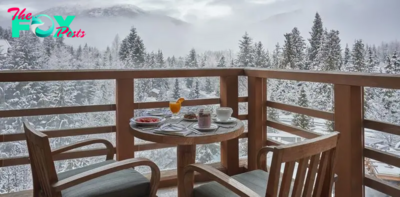
 Travel3d ago
Travel3d ago10 Ultra-Luxury Ski Resorts Around The World
-
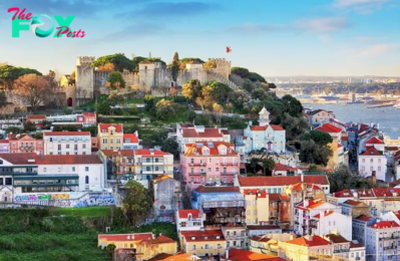
 Travel3d ago
Travel3d ago10 Most Beautiful European Capitals
-

 Travel3d ago
Travel3d agoHow to Avoid Cruises with Too Many Children
-

 Travel6d ago
Travel6d ago10 Best Islands to Visit in December

